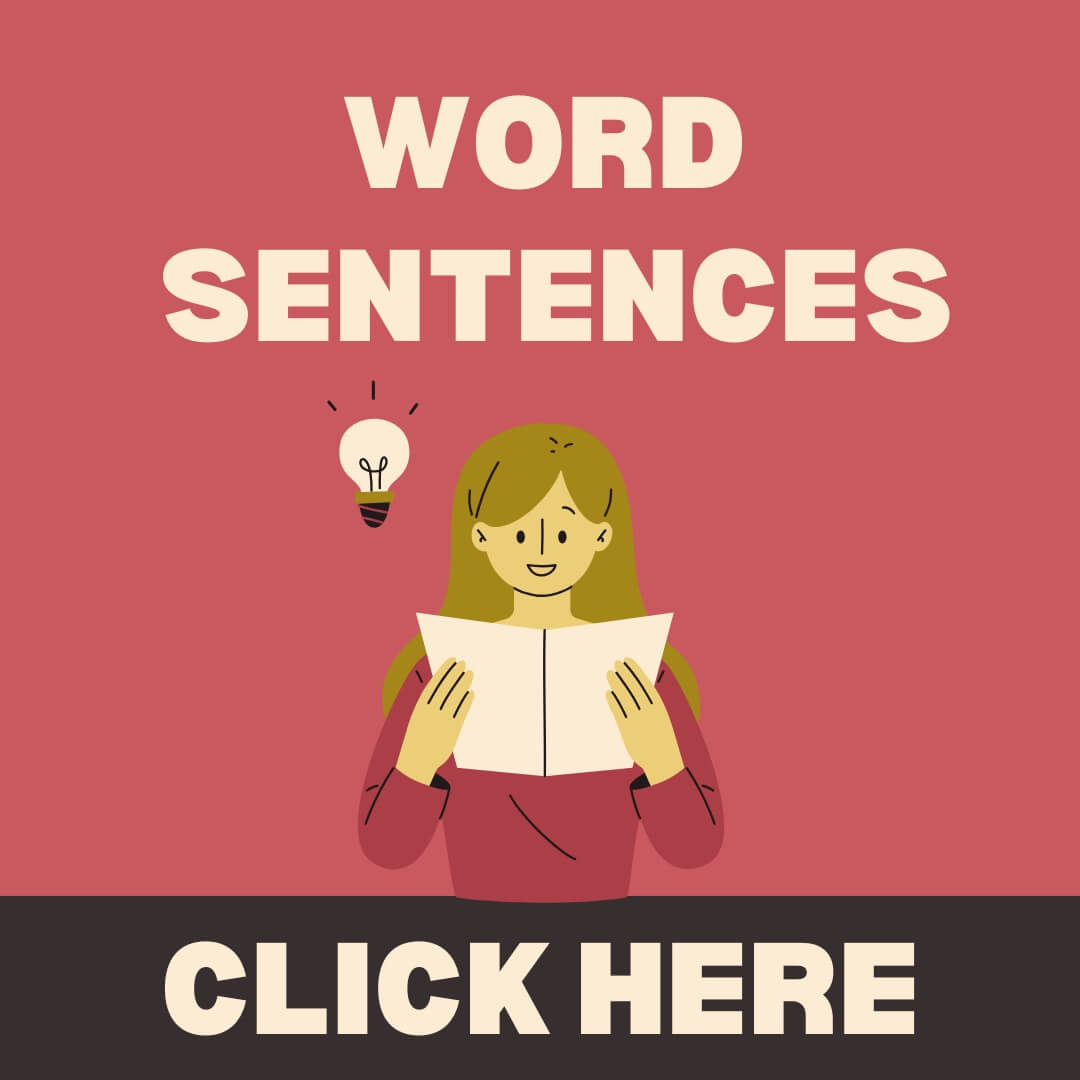Introduction to Mnemonics for Bewilder
Learning new vocabulary doesn’t have to be difficult. Mnemonic techniques make it easier by associating words with vivid images, sounds, and stories. Today, we’re exploring the word Bewilder, which means “to confuse or puzzle someone completely.” By using creative mnemonics, you can remember this word effortlessly. Keywords: Mnemonics for Bewilder, How to remember Bewilder, Memory techniques for Bewilder.
Twelve Mnemonics for Bewilder
Here are 12 mnemonic techniques that will help you master the word “bewilder.” These methods include visual, auditory, and narrative associations to make learning engaging.
- Visual Association: Picture a person lost in a dense, wild forest with no idea where to go, feeling completely bewildered.
- Acronym: Think of “BEWILDER” as “Being Extremely Wonderfully In Lost, Dazed, and Entirely Rattled.”
- Rhyme: “Bewilder and baffle, lost in the shuffle!” This rhyme helps reinforce the meaning.
- Word Breakdown: Break “bewilder” into “be + wild-er.” Imagine someone becoming more wild and confused in an unfamiliar situation.
- Similar Sounding Words: “Bewilder” sounds like “be wilder.” Imagine a person becoming wilder and more confused in a chaotic place.
- Story Method: Picture a tourist in a foreign country who doesn’t understand the language, feeling utterly bewildered.
- Physical Action: Spin around in a circle until you feel dizzy and lost, mimicking the sensation of bewilderment.
- Exaggeration: Imagine a person staring at a math problem so confusing that their head starts spinning like a cartoon character.
- Personal Connection: Relate the word to a time when you were completely confused, like solving a difficult puzzle.
- Etymology Exploration: “Bewilder” comes from “be-” (completely) and “wilder” (to lead astray). Knowing this root reinforces the meaning.
- Sensory Association: Imagine the sound of people talking all at once, the sight of flashing lights, and the overwhelming feeling of confusion.
- Opposites: Think of “bewilder” as the opposite of “clarify”—where one confuses, the other makes things clear.
Customize Your Mnemonics for Bewilder
While these mnemonics are helpful, personalizing them to fit your experiences or references will make them even more effective. Add unique imagery or wordplay that resonates with you.
Bonus Tip: Use “bewilder” in a sentence, e.g., “The complex instructions completely bewildered the students.”
Master Bewilder with Mnemonics
Mnemonic techniques make vocabulary learning simple and enjoyable. By using these methods for “bewilder,” you can quickly remember its meaning and apply it confidently. Keep practicing with mnemonics, and watch your vocabulary skills improve dramatically!



















